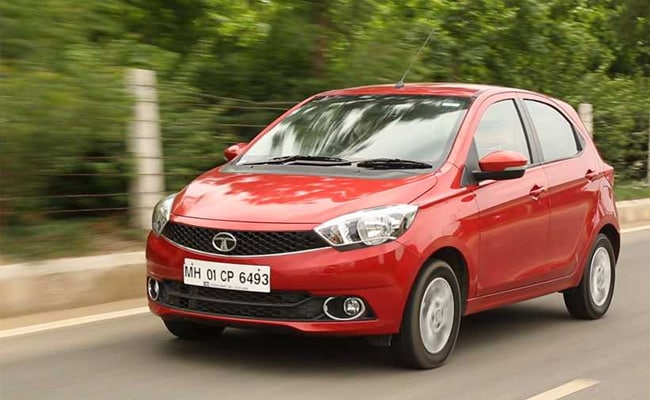
New Delhi: The Cabinet may this week consider issuing an ordinance to increase the cess on mid-size, large cars and SUVs to 25 per cent from 15 per cent under the GST regime at present. The GST Council, the apex tax rate setting body under the Goods and Services Tax regime, had on August 5 approved raising cess on SUVs, mid-sized, large and luxury cars that had become cheaper post GST rollout on July 1.
But, for raising the cess requires an amendment to the Schedule of section 8 of the GST (Compensation to a State) Act, 2017. “The Cabinet will in next few days consider amending that through the issue of an ordinance,” an official said.
Views of ministries like road, transport and highways and heavy industries will be taken before hiking of the cess, the official added. An ordinance is issued when Parliament is not in session to approve a legislation or change in a legislation.
The ordinance has to be replaced with a proper legislation with the approval of Parliament within six months of its issuance. Under GST, a cess was levied on demerit goods like cars, tobacco, and coal, to create a corpus for compensating states for any loss of revenue from their taxes like VAT being unified with central levies like excise duty and service tax in the GST.
Cars attract the top tax rate of 28 per cent. On top of this, a cess of 1 to 15 per cent is levied for the creation of the state compensation corpus.
The official said after the introduction of GST, the total tax incidence on motor vehicles (GST plus compensation cess) has come down when compared with the total tax incidence in the pre-GST regime.
To rectify the anomaly, the GST Council, headed by Union Finance Minister Arun Jaitley and comprising of representatives of all states, had on August 5 recommended that the Central government move legislative amendments required for increasing the maximum ceiling of cess leviable on motor vehicles to 25 per cent from present 15 per cent.
Once the law is amended, the GST Council will decide on the date when the increased cess will be applicable, the official said, adding the next meeting of the panel is scheduled to be held in Hyderabad on September 9.
The highest pre-GST tax incidence on motor vehicles worked out to about 52-54.72 per cent, to which 2.5 per cent was added on account of Central Sales Tax, octroi etc. Against this, post-GST the total tax incidence came to 43 per cent.
So, to take the tax incidence to pre-GST level, the highest compensation cess rate required is 25 per cent. Prices of most SUVs were cut between Rs. 1.1 lakh and Rs. 3 lakh following implementation of GST, which subsumed over a dozen central and state levies like excise duty, service tax, and VAT from July 1.
Presently, large motor vehicles, SUVs, mid-segment cars, large cars, hybrid cars and hybrid motor vehicles attract a cess of 15 per cent on top of 28 per cent GST.
Small petrol cars of less than 4 meters and 1,200 cc attract a cess of 1 per cent, while small diesel cars of less than 4 meters and 1,500 cc engine attract a cess of 3 per cent.
[“source=profit.ndtv”]




